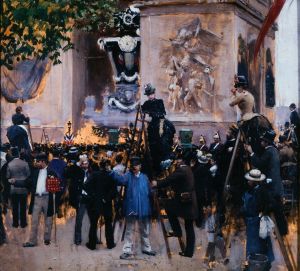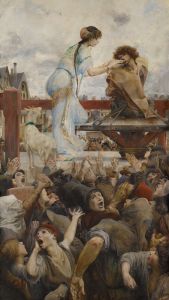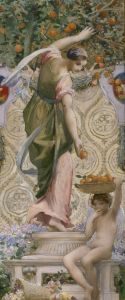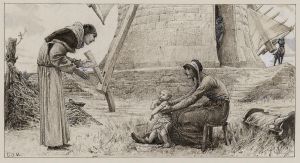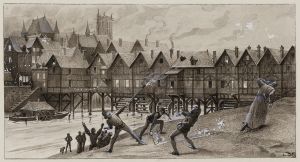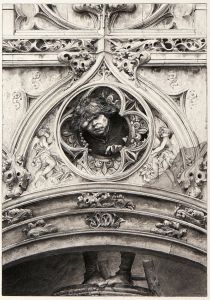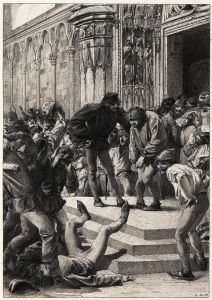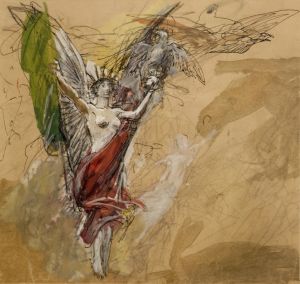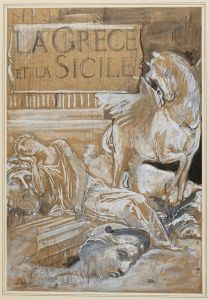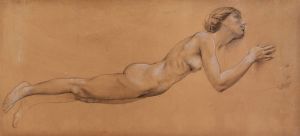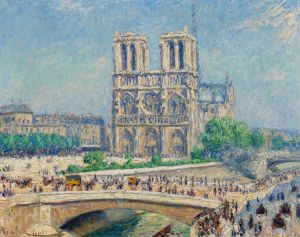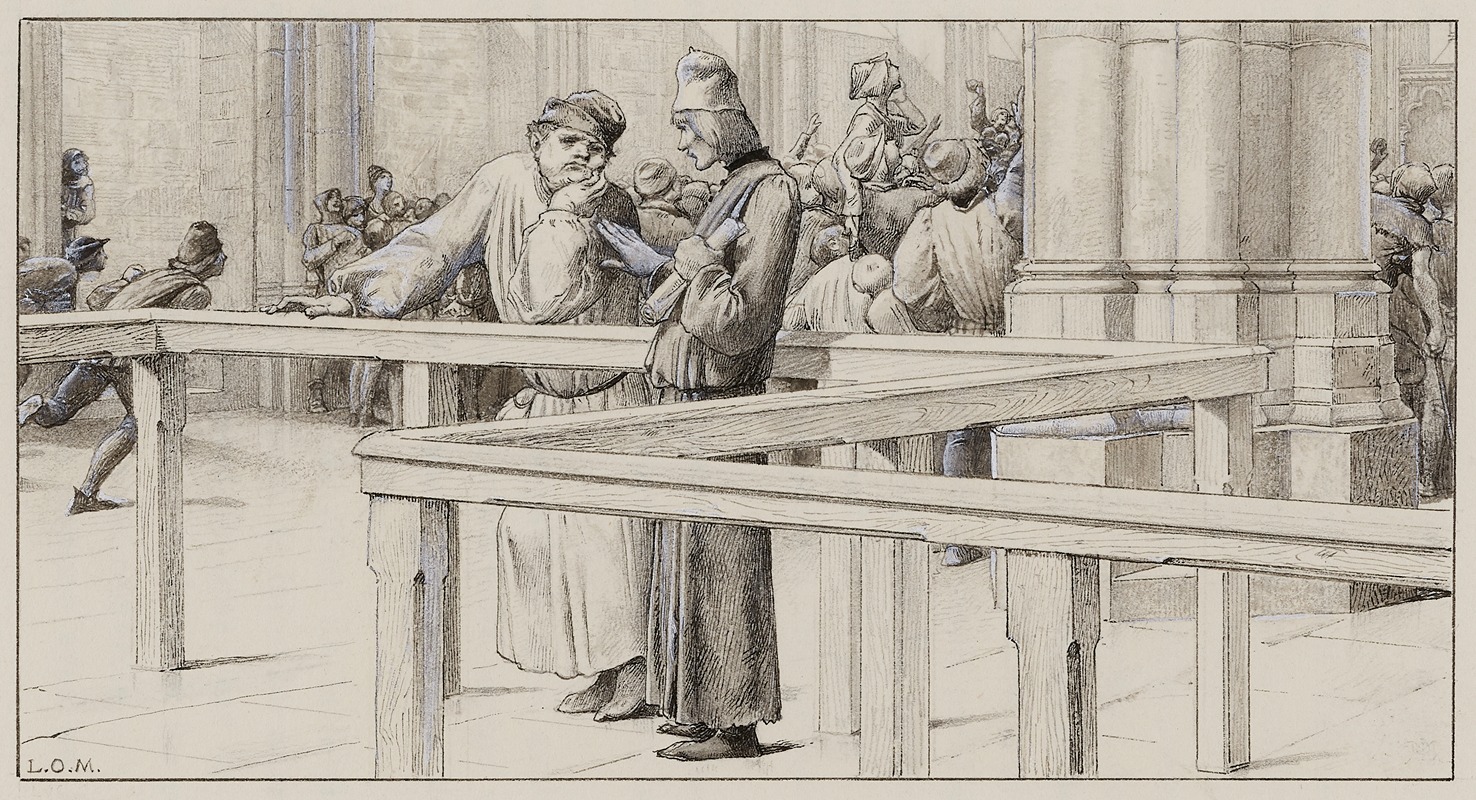
Quasimodo
A hand-painted replica of Luc-Olivier Merson’s masterpiece Quasimodo, meticulously crafted by professional artists to capture the true essence of the original. Each piece is created with museum-quality canvas and rare mineral pigments, carefully painted by experienced artists with delicate brushstrokes and rich, layered colors to perfectly recreate the texture of the original artwork. Unlike machine-printed reproductions, this hand-painted version brings the painting to life, infused with the artist’s emotions and skill in every stroke. Whether for personal collection or home decoration, it instantly elevates the artistic atmosphere of any space.
Luc-Olivier Merson was a French painter and illustrator known for his academic style and attention to detail. One of his notable works is the painting "Quasimodo," which depicts the iconic character from Victor Hugo's novel "The Hunchback of Notre-Dame." Merson's interpretation of Quasimodo is a testament to his skill in capturing the emotional depth and complexity of literary figures through visual art.
"Quasimodo" by Luc-Olivier Merson was created in the late 19th century, a period when the novel's themes and characters were experiencing a resurgence in popularity due to the Romantic movement's interest in medieval subjects and Gothic architecture. Merson, who was born in 1846 and trained at the École des Beaux-Arts in Paris, was well-versed in the Romantic and academic traditions, which is evident in his treatment of the subject matter.
The painting portrays Quasimodo, the deformed bell-ringer of Notre-Dame Cathedral, in a moment of solitude and reflection. Merson's attention to detail is apparent in the rendering of Quasimodo's physical deformities, as well as in the intricate depiction of the cathedral's architecture. The use of light and shadow in the painting highlights Quasimodo's isolation and the somber mood of the scene, reflecting the character's inner turmoil and the novel's themes of beauty, ugliness, and compassion.
Merson's "Quasimodo" is significant not only for its artistic merit but also for its contribution to the visual culture surrounding Victor Hugo's work. The painting captures the essence of Quasimodo's character, emphasizing his humanity despite his outward appearance. This aligns with Hugo's portrayal of Quasimodo as a misunderstood figure who, despite his physical deformities, possesses a deep capacity for love and kindness.
Luc-Olivier Merson's career was marked by a diverse range of works, including religious and historical subjects, as well as illustrations for books and magazines. His ability to convey complex narratives through his art made him a respected figure in the French art world of his time. Merson's "Quasimodo" is a reflection of his skill in combining literary inspiration with visual storytelling, creating a piece that resonates with viewers familiar with Hugo's novel.
The painting is part of Merson's broader body of work, which includes other notable pieces such as "Rest on the Flight into Egypt" and his designs for French currency and postage stamps. Merson's contributions to art and illustration were recognized during his lifetime, and he was awarded the prestigious Prix de Rome in 1869, which allowed him to study in Italy and further develop his artistic style.
In summary, Luc-Olivier Merson's "Quasimodo" is a compelling interpretation of a classic literary character, rendered with the artist's characteristic attention to detail and emotional depth. The painting stands as a testament to Merson's ability to bridge the worlds of literature and visual art, capturing the enduring appeal of Victor Hugo's creation.





